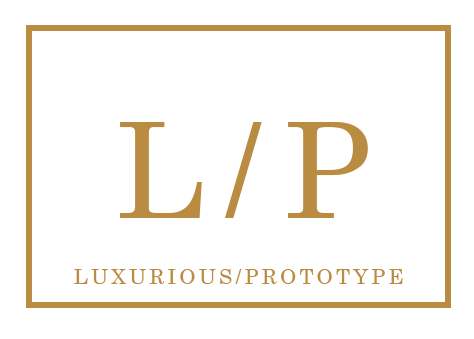Studies show that 77% of people experience stress affecting their physical health. Also, 73% regularly experience psychological symptoms such as headaches, muscle tension, anxiety, and depression. Admittedly, making time for self-care and unwinding has become more challenging in current times. Fortunately, incorporating relaxation into your daily routine is possible. Here are four techniques you can leverage for the best results.
Progressive muscle relaxation
Progressive muscle relaxation allows you to systematically tense and relax different muscle groups. Doing this makes you familiar with how tension feels in various body parts. This way, you can easily identify and react to the first signs of muscular tension accompanying stress. And when you combine this technique with proper breathing techniques, you have a complete stress relief (and prevention) formula. Loosening your clothes and getting comfortable before practicing progressive muscle relaxation is essential. Next, breathe in and out slowly and deeply for a few minutes. You can also focus on the muscles in different body parts, starting from your left and right feet. Contract and relax each muscle group to create a sequence of tension and release, and observe how each muscle feels. And be sure to continue your deep breathing throughout.
Body scan meditation
Body scan meditation may appear like progressive muscle relaxation, allowing you to focus on every part of your body, starting from your feet and working yourself upward. But unlike progressive muscle relaxation, you don’t need to contract and relax your muscles. All you have to do is focus on how each part of your body feels without thinking about any sensation you may feel as ‘good’ or ‘bad.’ To practice body scan meditation, lie flat on your back, relax your limbs, and focus on every part of your body for a few minutes, starting from your right foot. Go through these processes with your eyes closed while breathing slowly and deeply. After working your way up your body, relax in silence and open your eyes. You can stretch to complete the process, so keep this in mind.
Guided imagery
With guided imagery, you take your mind on a short trip. Again, sit back (or lie down), relax, and get comfortable. Be sure you’re breathing slowly and not panting. Next, think about a ‘happy, peaceful place’ you want – it could be by the beach, beside a waterfall, or anywhere you can find peace. You can remain in the state for as long as you have the time to, and think about all the sensory experiences you engage in, allowing yourself to feel like you’re there. You can use soft music and aromatherapy in the background to help you relax even more. And if you’re into it, consider vaping to help you relax before or during your guided imagery. You can find the cheapest online vaping E-juice deals at ejuiceconnect.com with free shipping on orders over $75 with coupon code FREE75.
Self-massage
You probably already know the benefits of a professional massage. But did you know you can experience the same benefits with self-massage? Get some aromatic oil and gently knead the muscles at the back of your neck, face, lower back, legs, and other body parts you can reach. You can even invite your partner to trade places, massaging each other.

